As mentioned before, the Photonic Science lab. stated in the year 2014. To date, we have published more than 37 articles in international peer-reviewed journals of a high standard and three students got their Ph.D. degrees working with the existing lab. facilities. Therefore, it is indeed very difficult to make a list of important results. The notable contributions of the Photonics Sciences are,
• We have provided the first experimental demonstration of tunable, coherent radiation in Airy intensity profile using optical parametric oscillators (OPOs) at various time scales (continuous-wave to femtosecond). Airy beams are diffraction free beams propagating along curved trajectories in free space and restoring its shape even after obstruction by small objects. Generation of Airy beam using OPO can be considered as a breakthrough in the field of structured optical beams.
• Using a single vortex beam that carries photons with orbital angular momentum (OAM), we have demonstrated controlled switching of OAM among optical beams at different wavelengths. Since OAM has infinite dimensions, OAM switching is essential in both classical and quantum communications. This is a generic and novel approach and accepted in Optica, one of the finest journals in the field of optics and photonics.
• Phenomena of the annihilation of two photons with OAM was demonstrated and it was shown that the annihilation of OAM of two laser beams produces a new laser beam in doughnut-shaped hollow Gaussian intensity profile without OAM not in Gaussian intensity profile. This study shows the possibility of OAM manipulation (addition and subtraction) of the photons, as required for quantum computation and communication. This is the first report on OAM annihilation and a new approach to generate hollow Gaussian beams. It was accepted in Nature Scientific Reports.
• We have generated optical vortices and “perfect” vortices in the deep ultraviolet (266 nm), and visible wavelengths using nonlinear interaction of ultrafast lasers. While such beams are essential for spectroscopy, optical trapping, and tweezing, this work demonstrates the only technique to produce vortex beams at these wavelengths. As such these experimental demonstrations have started a new field of nonlinear interaction of spatially structured beams at high power/energy levels.
• It was demonstrated using spontaneous parametric down-conversion (SPDC) that the angular spectrum of the entangled photons does not depend on the OAM content of the pump beam but depends on its spatial distribution. This is the first report on SPDC photons generated using perfect vortices. We have established the fact that OAM of the vortices does not play any role in the spatial structure of the single photons.
• We have also developed a high brightness entangled photon source for long-distance free space and quantum space communication and demonstrated the possibility of generating quantum state directly from a classical state. A hybrid entangled two-photon quantum state through the SPDC of classical non-separable state of pump beam was generated as proof-of-principle. Such hybrid entangled states are used in quantum information science and supersensitive measurement of angular displacement in remote sensing.
• Some of these results such as the development of compact, high power, structured beam sources are essential for both basic research and technological applications. Similarly, a high brightness entangled photon source could be used for testing of the foundation of quantum optics. We have also developed few advance experiments including optical tweezers to trap micron-sized silica particles, broadband optical cloaking, quantum eraser, speckle interferometer, and coupling of the evanescent wave using optical fiber for outreach activities. Such experiments were demonstrated to more than 10000 students in Gujarat.






